The Role of Sanitary Process Equipment in the Food & Beverage Industry
In the food and beverage industry, public health and safety are at high stakes – so reliance on sanitary processing equipment is non-negotiable. This...

Access MXD Process resources including blogs, technical guides, manuals, and maintenance tips—everything you need to optimize, troubleshoot, and expand your process knowledge.
Discover who we are, the industries we serve, and the trusted brands behind our process equipment and environmental solutions. Learn how our team brings precision, innovation, and reliability to every project.
In the food industry, achieving consistent, high-quality products is essential to meet consumer expectations and maintain a strong market presence. High-shear mixing has emerged as a key technology enabling the production of uniform, top-notch products at scale.
Here, we’ll dive into the various applications of high-shear mixing in the food industry, showcasing its numerous benefits and the advanced equipment that makes it possible. Discover how investing in high-shear mixing technology can elevate your food production processes.
High-shear mixing distinguishes itself from other mixing equipment through the use of high-velocity, intensive blades that blend ingredients into a flawless homogeneity. This process is instrumental in producing numerous food items, known for creating ultra-smooth textures and consistent quality.
The integration of high-shear mixing into your production line comes with numerous advantages:
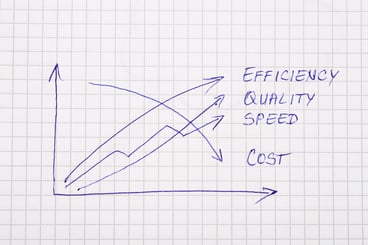
The versatility of high-shear mixers makes them an invaluable asset across many segments of the food industry. Their ability to produce stable emulsions, uniform dispersions, and smooth pastes is critical for the following applications:
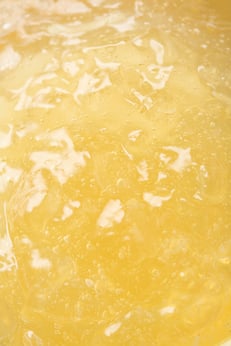
High-shear mixers come in a variety of configurations, each designed to optimize the mixing process for different types of products. Key features of this equipment include customizable high-shear mixer blades, adjustable speeds, and temperature controls, all of which contribute to the mixer’s ability to produce a perfect blend.
Moreover, the distinction between high-shear and low-shear mixers highlights the importance of selecting the right equipment for the desired outcome. While low-shear mixers are suitable for gentle blending and maintaining the integrity of delicate ingredients, high-shear mixers excel in creating emulsions and finely dispersed mixtures, underscoring their critical role in producing a wide range of homogenous foods.
High-shear mixing offers a solution to achieving consistency, efficiency, and quality in food production. Investing in high-shear mixing equipment is not merely an operational decision, it’s a strategic move towards future-proofing food production, ensuring you can meet and exceed the demands of the modern consumer.
Ready to get started and want to talk to a high-shear mixing expert?
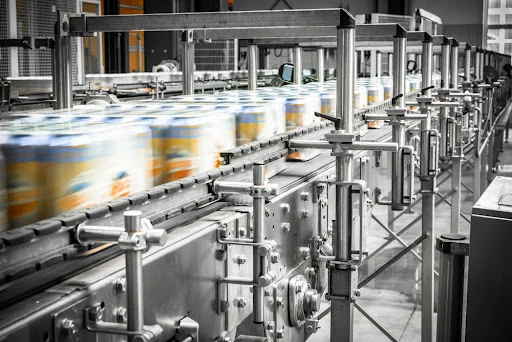
In the food and beverage industry, public health and safety are at high stakes – so reliance on sanitary processing equipment is non-negotiable. This...
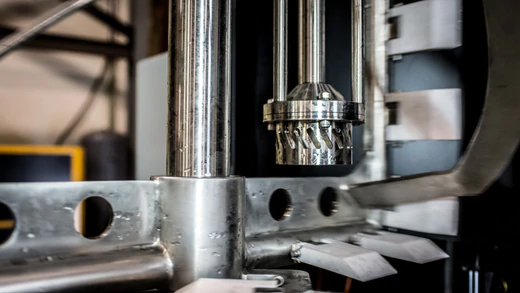
While you may be familiar with industrial mixing, high-shear mixing is a specific category in industrial mixing with its own unique functions. High...
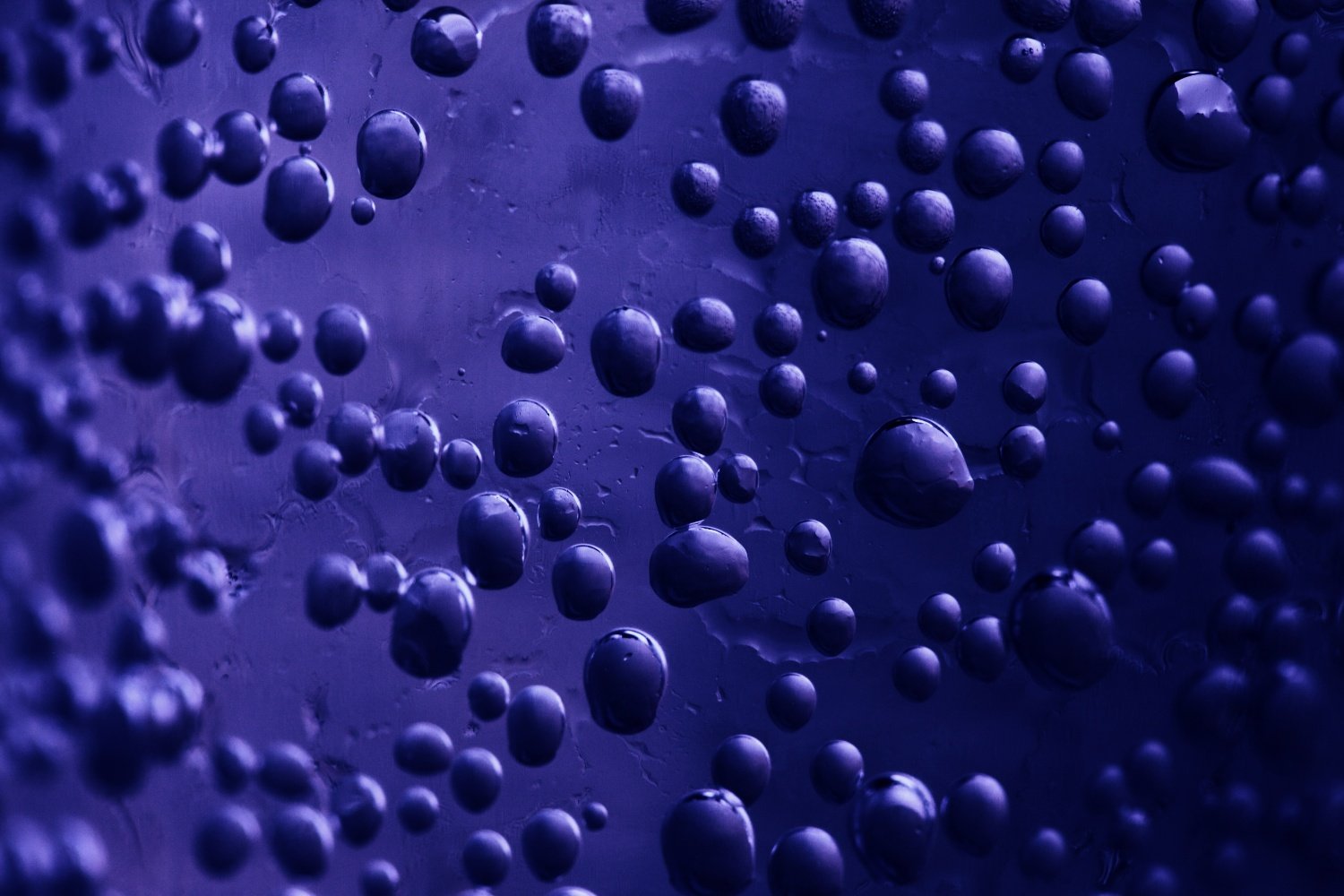
The most simple definition of viscosity is – a measurement that describes a fluid's resistance to flow. Or, even more simply: liquid viscosity is a...